The bravest journalists plunge into active war zones in search of stories to tell. I, on the other hand, went to the Office of Health Promotion in Sayles for one of its weekly Student Wellness Associate Dog sessions. I cannot say there was a war going on, but I was hit with a missile. He left bits of fuzzy debris on my clothes. Also, his name was Dash.
Founded in 2017, the SWA Dog Program’s popularity seems to have gone off the leash recently. Director Tamnnet Kidanu recalls that “this year, we started with a single dog one day per week.” However, four others soon joined the dogpile, and the OHP now houses a different canine consultant every day of the week. The Student Wellness Associates are working to publicize the program: Collectible stickers showcasing each dog are available during sessions. Students particular about their pooches can even take the official SWA Dog Personality Test.
Therapy animals are hardly unwelcome guests on America’s campuses. In an era of seemingly ever-present stress, colleges and universities are opening spaces for student-animal connections. In Minnesota, for instance, there is Macalester College’s “Paws@Mac,” the U of M’s “Boynton Health’s Paws” and, yes, St. Olaf’s “Paw Program.” The soothing effects of pet therapy — guided interactions between a person and a trained animal— are numerous. Kidanu cites “health benefits such as reduced perceived stress, anxiety, depression” and “decreases in heart rate and blood pressure with regular pet therapy exposure.” Carleton took up the pups upon viewing the “high levels of stress” students reported on health surveys.
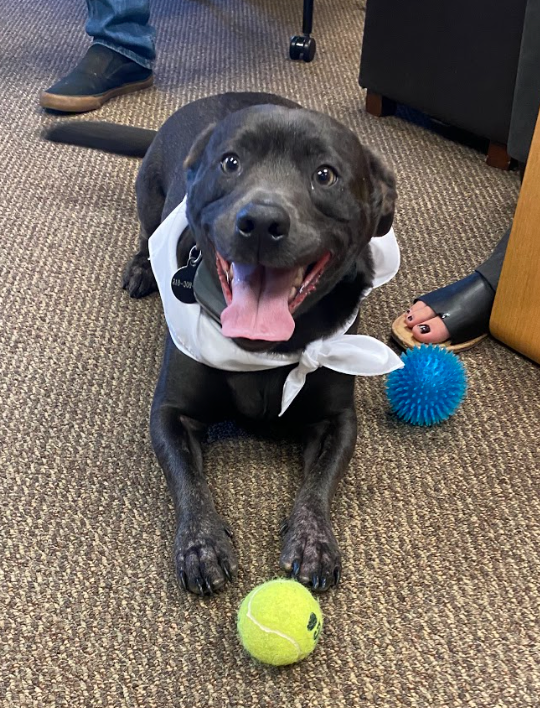
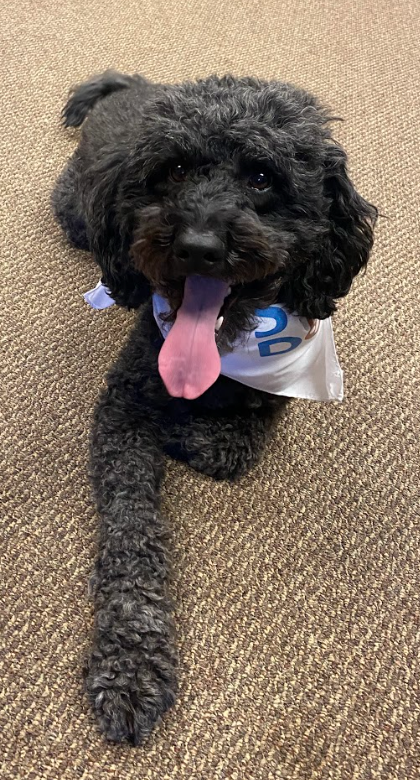
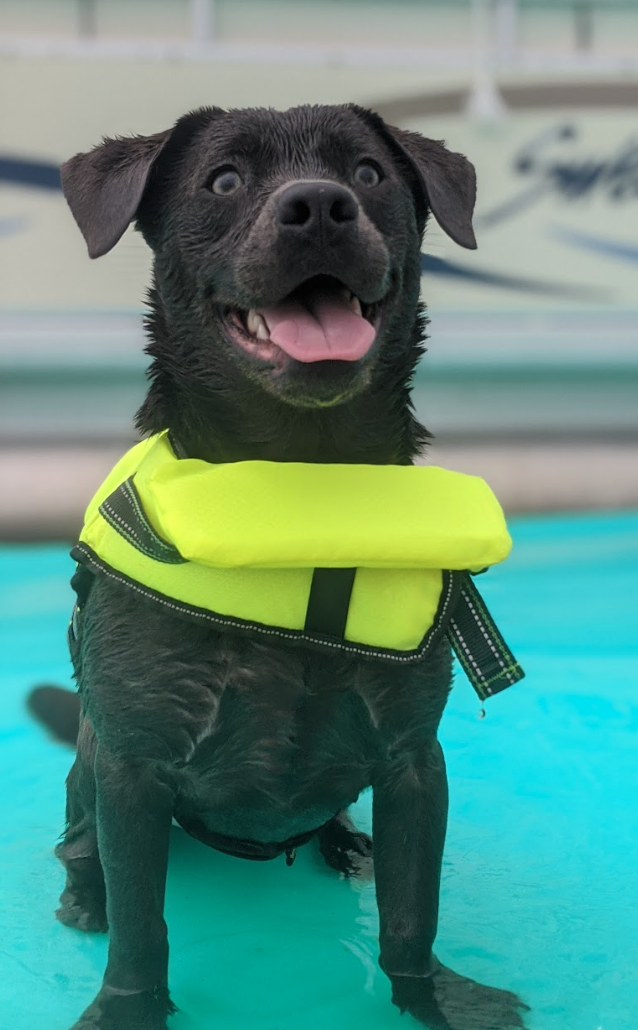
What separates Carleton’s SWA Dogs from other therapy animals is that they are not traditional therapy animals — at least in that they do not belong to an organization or a trained handler (they must pass an obedience test). Rather, each one is the pet of a Carleton community member. Of the five dogs enrolled in the program:
-Two belong to faculty (Educational Studies professor Deborah Appleman owns Dash; Religion professor Lori Pearson owns Maisy)
-Two belong to former staff (former Sustainability Coordinator Alex Miller owns Atlas; former CCCE Administrative Assistant Kendall Clements owns Maggie)
-One belongs to current staff (Campus Security Officers Christy Johnson and her fiancé Sara Jenkins own Case)
The dogs’ closeness to campus is a tradition rather than a coincidence. The first two SWA Dogs belonged to inaugural OHP director Janet Lewis Muth. Kidanu continues to recruit internally, as doing so “provides another way for students to connect with faculty and staff outside their traditional roles.” As it turns out, this recruitment process was a different experience for every owner.
Some volunteers always knew their dog would be a future Carl. Miller introduced a young Atlas to the program to expose students to pitbulls: “We didn’t know how big and scary he would look when he got older…and so we wanted to help people and de-stigmatize the pitbull aspect.” Atlas is now a veteran SWA Dog: Miller’s partner Andrew Sherf remarks that “we got him in August and then the Winter Term, he started going…His entire life, he’s been in [the program].”
Pearson recognized her dog’s charitable spirit almost immediately. Maisy — a former stray — was found nursing her nine puppies under a bridge. Pearson recalls that her first owner “would bring home bones and meat, and the minute they gave it to Maisy, she would always just give it to the puppies…She is very submissive and loves to make humans happy. So, I knew she would be a source of comfort…and I also knew she would love it.”
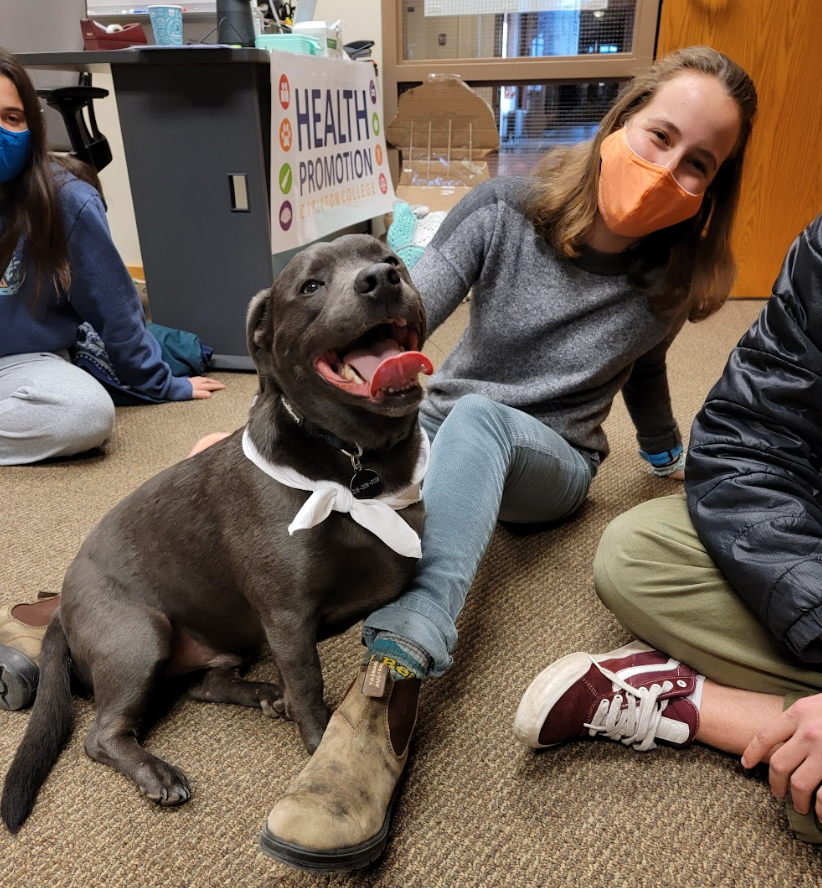
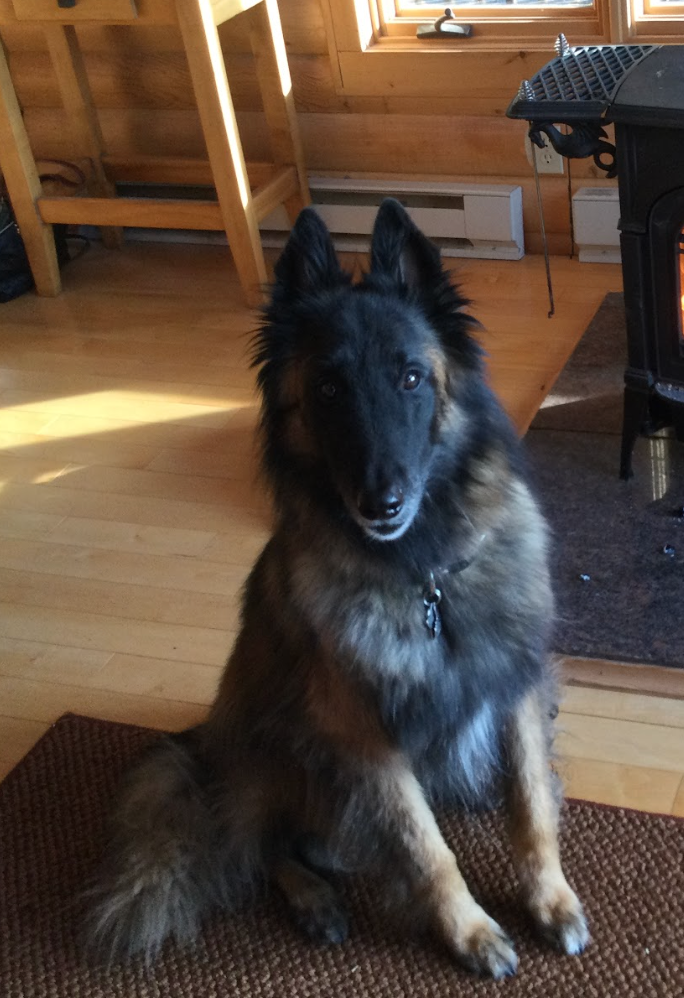
Other SWA Dogs transferred to Carleton from prior engagements. Johnson and Jenkins initially wanted Case to join the ranks of campus security and patrol with them on their night shift. “We tried to present quite a bit of evidence that having a support dog on campus is beneficial,” Johnson says, “but we kind of got shot down.” Case soon joined the OHP, which Johnson views as another way to “[drop] the level of anxiety” on campus.
On the other hand, Dash made his way to the OHP after a previous stint as a teaching assistant. “I’ve always brought my dogs to my educational psychology class to demonstrate operant conditioning,” Appleman says. “This year, when I brought him in the fall, the students were like, ‘Oh my gosh, he should be a SWA Dog,’ because…he kept running to different students and getting petted. So, I looked into it and decided that would be a good match for him.”
Those interviewed agreed that the program fulfills Kidanu’s goal of providing “a restorative space for students to build social connections and re-energize.” The dogs themselves often set the mood: the mild-mannered Maisy only wanted pets and relaxation, while Dash barked excitedly through the stuffed duck in his mouth as we chased him around the room. “One person actually said that they were thinking about missing their class because it was in conflict with the SWA hours,” Appleman says. “I encourage them not to do that.”
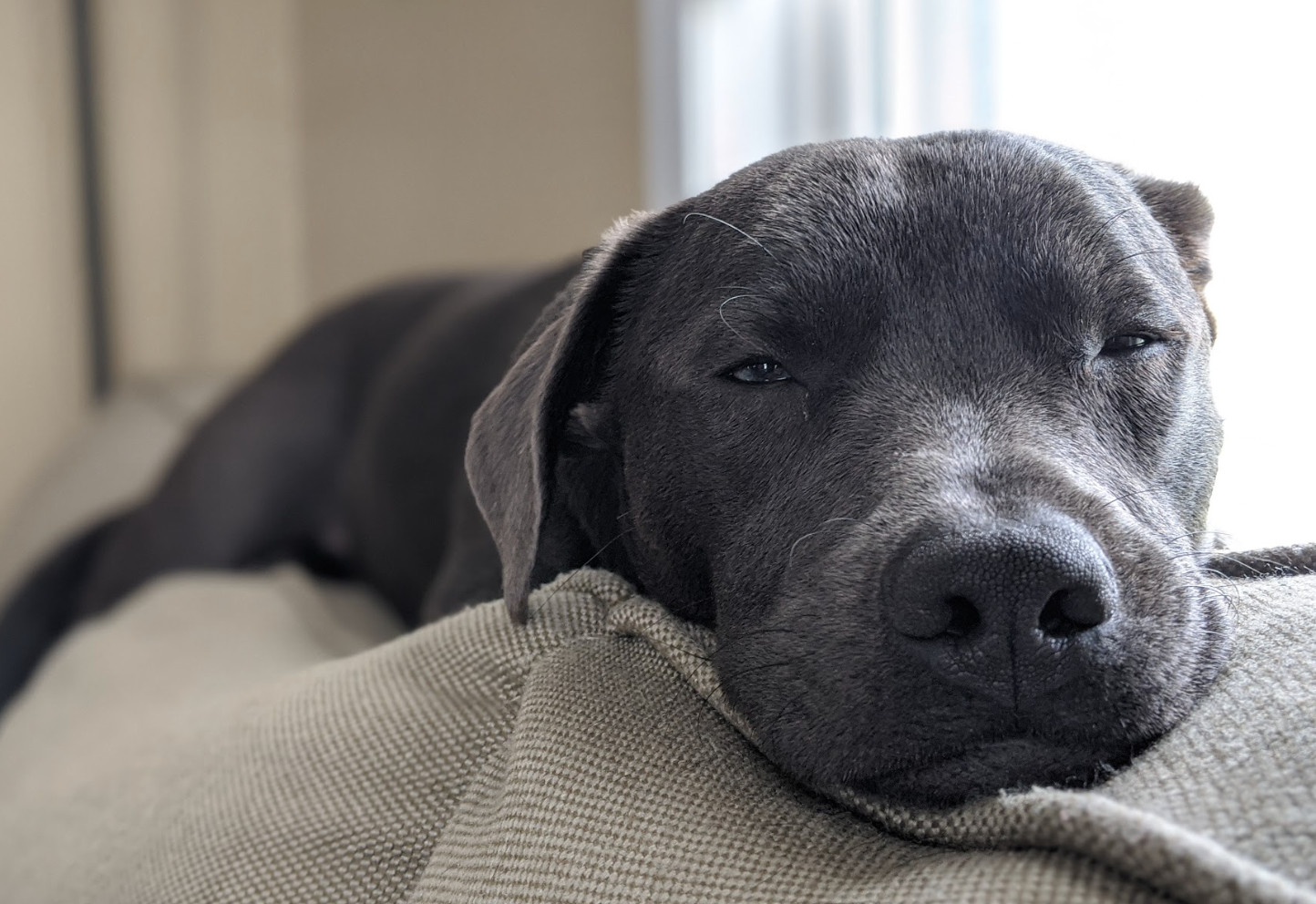
Students are not the only ones who benefit from the program. “With both of us working the night shifts, some nights [Case] doesn’t get as much attention at home,” Johnson says, and his SWA sessions give him valuable time to “play ball and get some love.” Furthermore, “he used to not care for men or boys in general, and that has completely changed.” Pearson reports that Maisy has become more comfortable on campus: “Whenever we drive past Carleton, she always wags her tail and…whines with happiness, so I think that she sees the Carleton green space as a happy space…It’s given her a weekly little special thing that she gets to do.” Finally, Dash has learned to be comfortable without Appleman nearby: “That’s part of the [herding dog] breed — they’re super attentive to their owners…so I leave for the whole time and pick him up at the end.” After a few sessions, “he told me that he loves it,” Appleman jokes.
Moving forward, the OHP hopes the SWA Dog program can continue as it has been. “Our goal is to continue to maintain this level of programming to ensure more students have access,” Kidanu says, speaking of the current five-dog model. However, the frequency of visitors might not be as stable. Miller notes that “we do see the numbers dwindle as finals approach, but that should actually be the opposite.” The SWA Dog owners maintain the value of connecting with animals. To Appleman and countless others, dogs are “charms on the bracelet of life…unconditional source[s] of affection.” But Pearson perhaps puts it most succinctly when she says, “[it is] a…treat to run into a nice dog. When you’re on campus, it makes people feel like they’re at home or like they have a special thing to look forward to.”
Maisy, several feet away, did not notice the word “treat.” Encircled by a small crowd of enthusiastic students, she had already flopped to the ground, immobilized by sheer bliss.












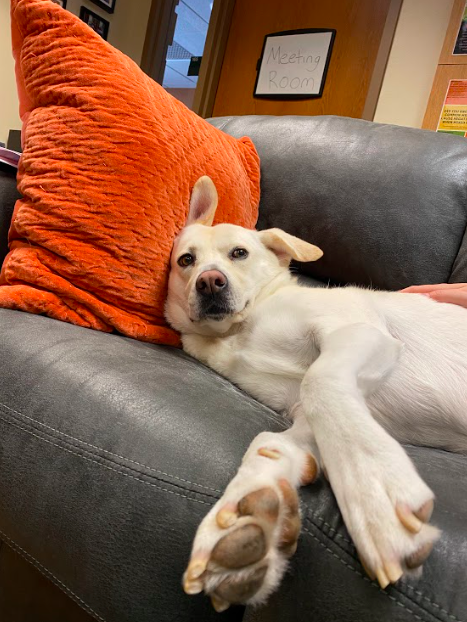
Paul Czyzewski '76 or so • Apr 26, 2022 at 3:13 pm
During the Opening(?) Convocation in the chapel in fall of 1971, as President Swearer was speaking, a dog (maybe a golden retriever) came into the chapel and slowly walked up the center aisle to the stage, at which point the president introduced it.
This helped to reassure me that I was at the right school.